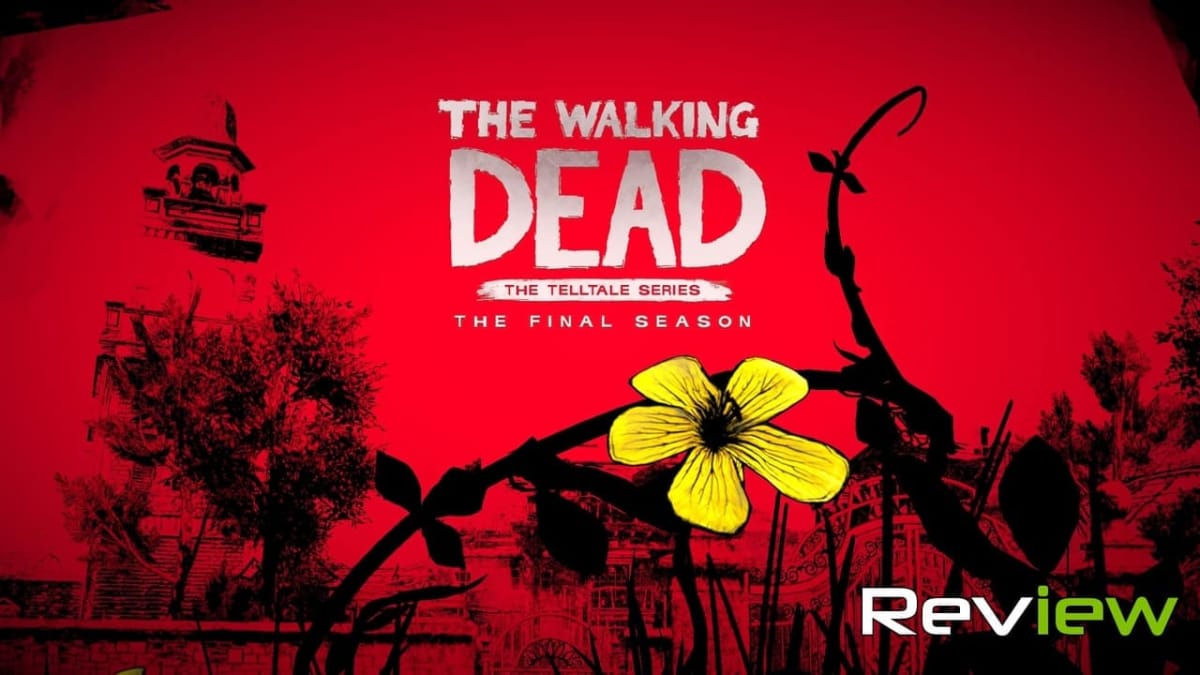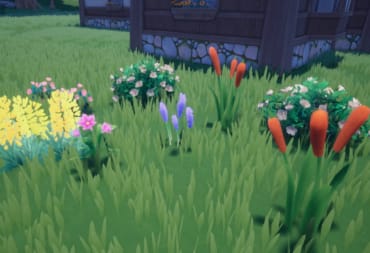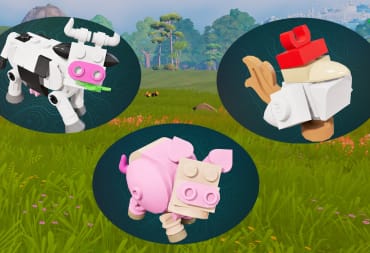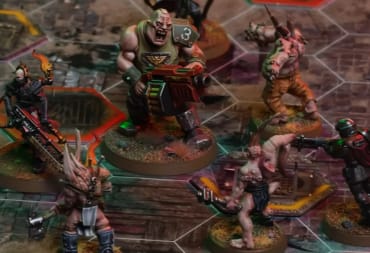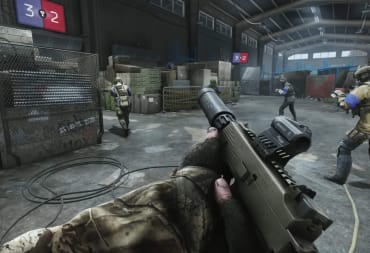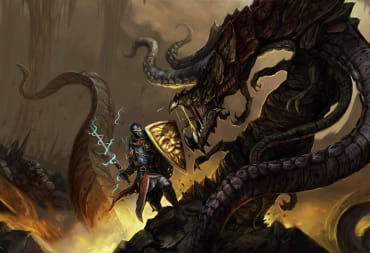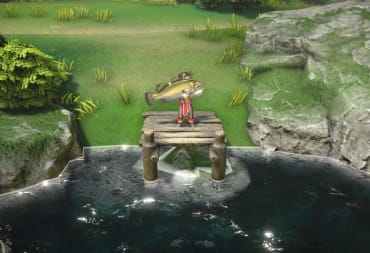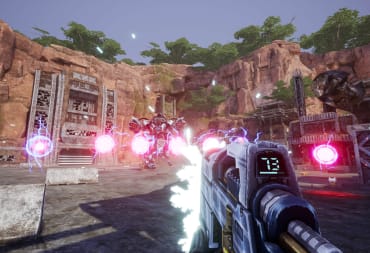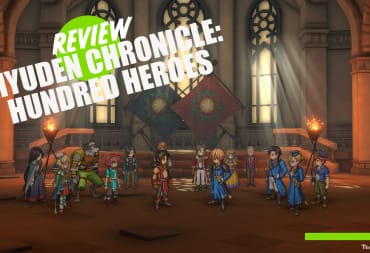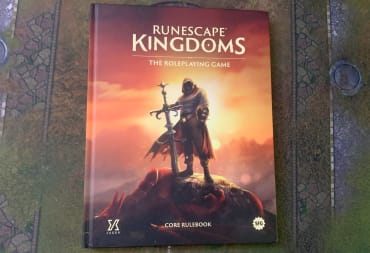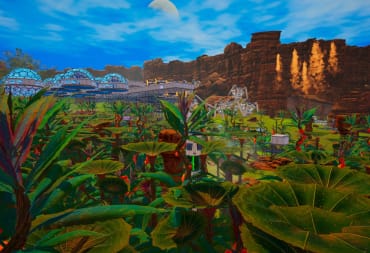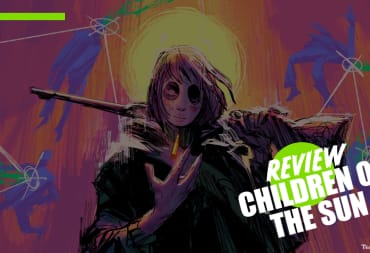In 2012, Telltale released The Walking Dead and everything changed. Okay, not everything, but we witnessed a birth of a new genre, a new interest in episodic games, a new storytelling style that everyone wanted to follow, and Clementine. We got to see Clementine grow up in both The Walking Dead Season 2 and The Walking Dead: A New Frontier. All stories must come to an end, and that's the promise given in The Walking Dead: The Final Season. Despite this being the last chapter, the series finds new and interesting ways to innovate.
The episode picks up a few years after the events of A New Frontier. Clementine has found AJ, who spent the majority of last season missing, and travels around the country with him looking for supplies. When the two hit a bad spot they're taken in by Marlon, who leads a group of survivors at a nearby school. Of course, this is The Walking Dead, so things can't stay peaceful for long. There's a food shortage, internal arguments, and possibly some foul play. It isn't long before fate pulls Clementine into another adventure.
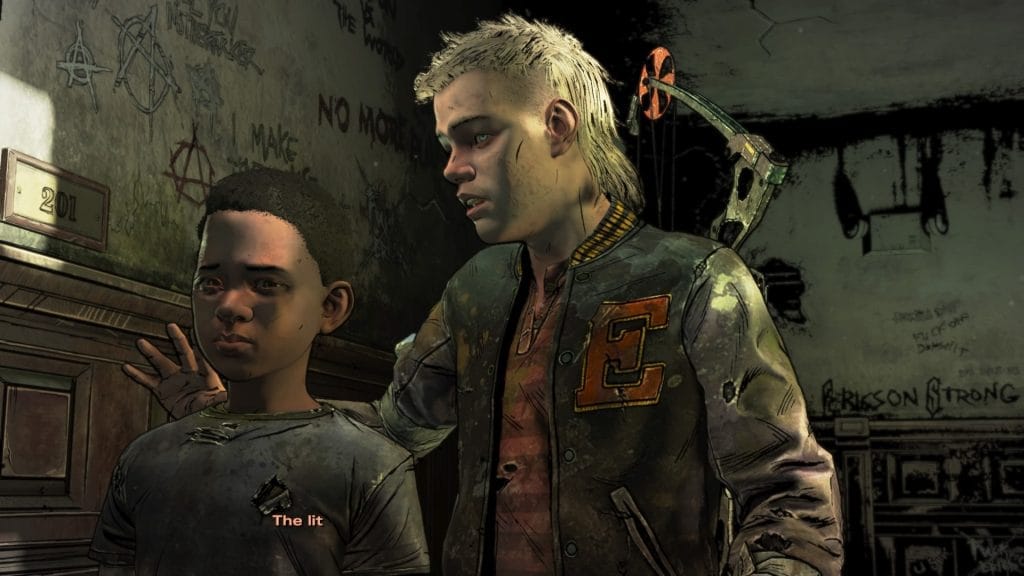
The dynamic flips this time around. It's Clementine's turn to be the protector as she cares for AJ. The dynamic has worked in the past, so there's no real reason why it shouldn't work here. In a way, it's almost superior to the Lee/Clementine pair. AJ is a fantastic character, simply because he has absolutely no reference point to "before" the zombie apocalypse. When he runs into a tire swing he's totally convinced that it must be a trap for zombies, and only Clementine insistence to the contrary makes him think otherwise. The duo's interactions really go a long way in making me care for their survival.
There are other characters to interact with as well, such as the carefree Louis, the gloomy Violet, and the overconfident Marlon. While they all look like stock zombie survivalists to start, there are some hidden layers to each one that I'm interested to see more of. They're fun enough to interact with and provide more than enough for Clementine and AJ to play off of.
However, if Done Running's story has one major problem, it's the overabundance of characters. It's clear that some of the characters are going to be important, and there's no time wasted in setting those people up. For everyone else, such as Omar, Mitch, Ruby, and Willy, this isn't the case. They only seem to exist to populate the background and get one or two rare lines. I can't help but feel like it's a missed opportunity, but hopefully, some of them will get to shine later.
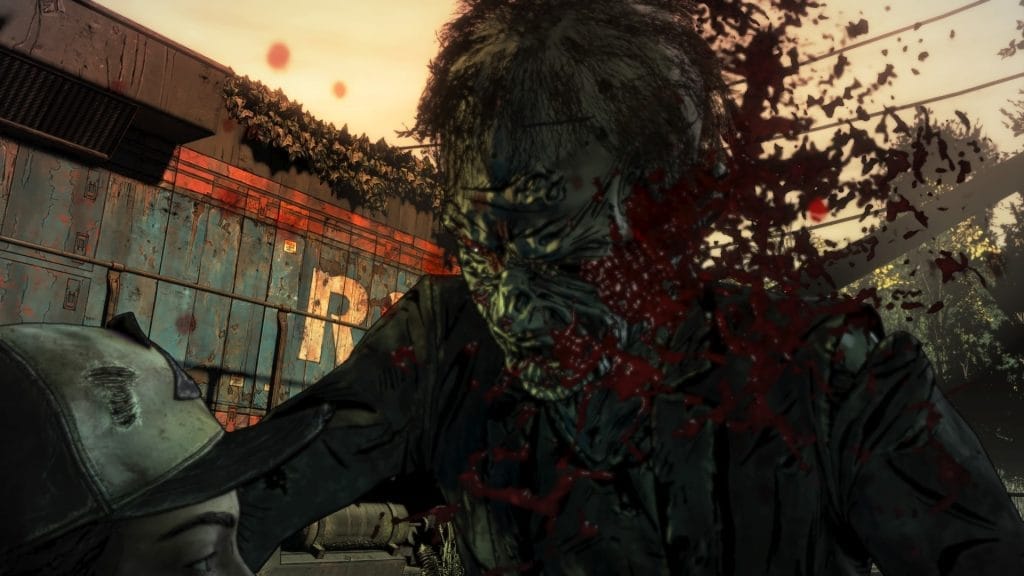
Obviously, you'll be making dialogue choices that affect how the cast feels about you and your actions. You could go hunting with Louis or fishing with Violet, both of whom will tell you different things about the survivors. It's a noticeable trade-off, with you having to decide who's worth building up trust with and who you can feel comfortable forgetting somewhat. How you interact also shapes how AJ grows. At the start, you learn that AJ is always listening. Little actions constantly come with "AJ is paying attention" warnings. I certainly feel like I'm going to be affecting just how this kid grows.
There's been one massive change to the gameplay this time around: the addition of a combat system. Clementine has a knife to protect herself when faced with danger. When a walker is close she has the choice to quickly stun it, or engage in a lengthy instant kill animation. It may seem like you just want to instantly kill every enemy you come across, but that animation is long and could leave you open for attack. When there are multiple walkers you're going to want to stun one so you can kill the other. Later in the game, there are also sections where you can activate environmental traps to kill foes quicker. The system is simple, but it gets the job done and is an interesting new focus for Telltale.
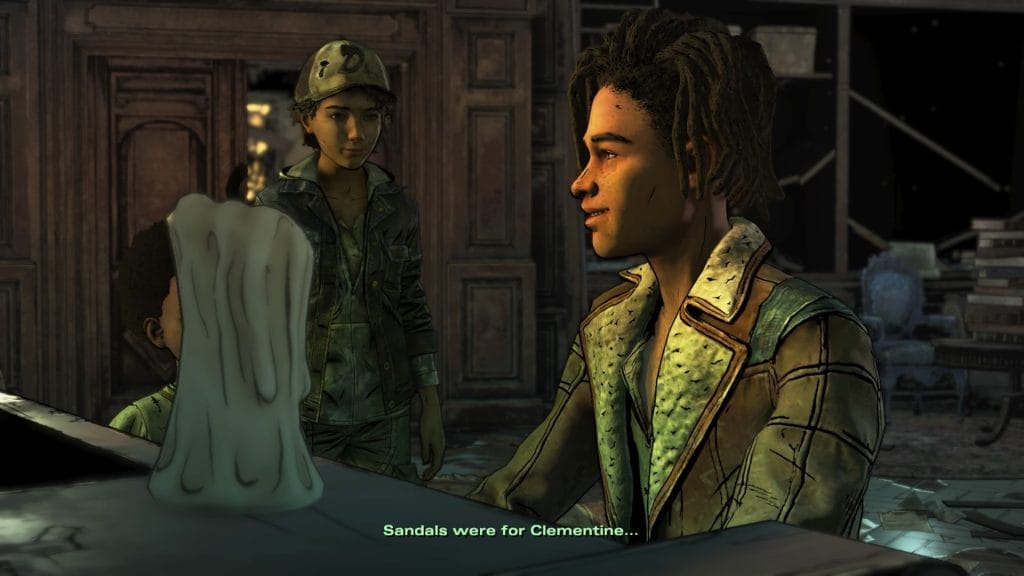
You also partake in some minigames, either hunting or fishing depending on where you go. I went with hunting, which puts the game in first person and has Clementine shoot rabbits as they scurry by. These uncomplicated gameplay elements help keep me engaged during the quieter moments. In addition, you can now find hidden collectible items that you can use to decorate Clementine's room at set moments. It's a small but interesting little touch.
One thing I noticed right away is both a new camera and art style. Telltale has swapped out fixed camera angles for an over-the-shoulder third-person perspective. It's a minor change, but it made me feel closer to the action and worked better for wandering around. No longer did I have to watch my characters awkwardly bump into objects as I tried to figure out a new camera angle. As for the art, the game looks quite a bit more like the graphic novel that inspired it. Darker outlines and color choices help drive this home. There's also a noticeable upgrade in detail, which just simply make the game look better. The only real downside is that character's faces still feel stiff, which ruins some of the game's emotional moments.
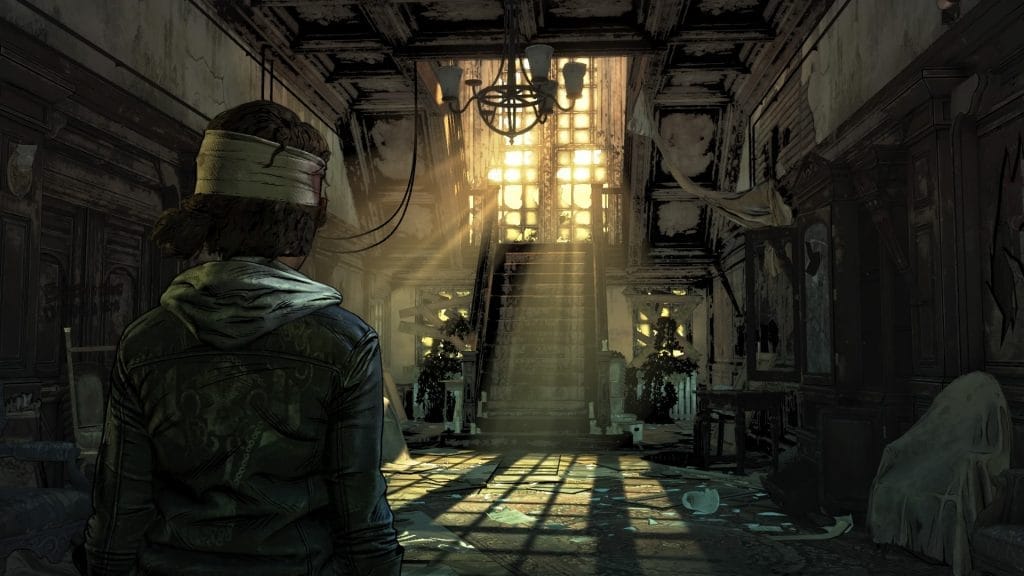
The Walking Dead: The Final Season Episode 1 Review | Final Thoughts
I didn't think Telltale could ever top The Walking Dead when it came out. While I would eventually amend that statement (I'd say both Tales From the Borderlands and Batman: The Enemy Within have done so), I didn't figure another Walking Dead game would strike gold. I'm more than happy to report that Done Running has completely sold me on The Walking Dead: The Final Season. From the interesting narrative to the fun gameplay, every moment kept me engaged and happy. Clementine and AJ's future may be looking grim, but we may just have one more fantastic story coming out of it.
The Walking Dead The Final Season - Episode 1: Done Running was reviewed on PlayStation 4 using a copy provided by the developers. The game is also available on PC, Xbox One, and Nintendo Switch.
Review Summary
Pros
- Interesting Story
- AJ is a Great Character
- Combat is Simple but Fun
- Good Looking Game
Cons
- Too Many Characters
- Stiff Facial Animations
Have a tip, or want to point out something we missed? Leave a Comment or e-mail us at tips@techraptor.net
